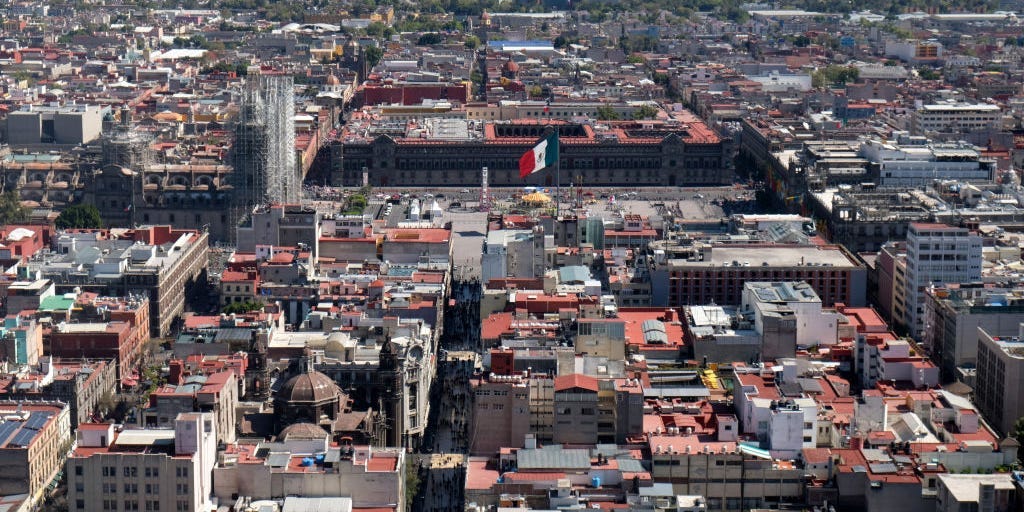- cross-posted to:
- [email protected]
- [email protected]
- cross-posted to:
- [email protected]
- [email protected]
- Mexico City could run out of drinking water by June 26, an event locals call “Day Zero.”
- Three years of low rainfall and high temperatures have worsened the city’s water crisis.
- The Cutzamala water system, which provides water to millions, operates now at 28% capacity.



Is the Southern Hemisphere hotter than the North?
Yes. Well no, but yes. Hemisphere on the whole? No. Land in the hemisphere? No. Land in the hemisphere that isn’t Antarctica? Yes, it’s much more likely to be located closer to the equator. Of the 6 inhabited continents 3 (North America, Europe, and Asia) are entirely located in the northern hemisphere.
You have some areas like Patagonia that are akin to somewhere like europe, but the equator is lower on every continent it passes through than you probably think. The equator in South America is found in the Amazon basin. In Africa it’s in in the Congo and a bit above Nairobi (Johannesburg is the northernmost major city in Africa below the southern tropics). In the Asian sphere it passes through Indonesia. About half of Australia is tropical.
For another comparison the top of the Tropic of Cancer (northern one) is in the middle of the Sahara, below New Delhi, right above Hong Kong, and about in the middle of Mexico.
I assume it has to do with the fact that along the equator it’s typically warmer and the equator runs through the northern part of South America. So if temperatures go up they’ll go up there first and head north south respectively. I don’t think they meant Souther Hemisphere as much as they mean Southern Mexico / South America.
I just watched a whole Astrum video about this. It’s less about one being hotter than the other and more about the seasons being more extreme. The orbit of our planet is actually a little egg shaped, and the closest we pass to the sun happens to be in early January. In the north, due to our tilt, it happens during winter, giving us a more mild season. In the south, the opposite is true. They have hotter summers and colder winters than we do.
The Southern hemisphere gets more extereme seasons. Earths orbit is eliptical and the point where its closest to the sun lines up with southern hemisphere summer making it hotter (and making northern hemisphere winter milder) The same goes for winter with the earth being furthest from the sun roughly during winter in the southern hemisphere. As the earths axis proceeds this effect swaps hemispheres every now and then. (5000 years iirc?)